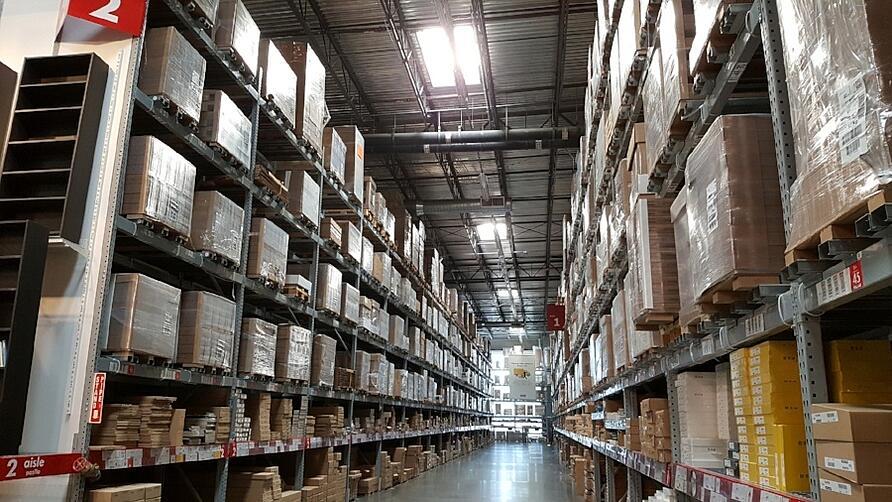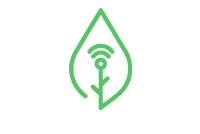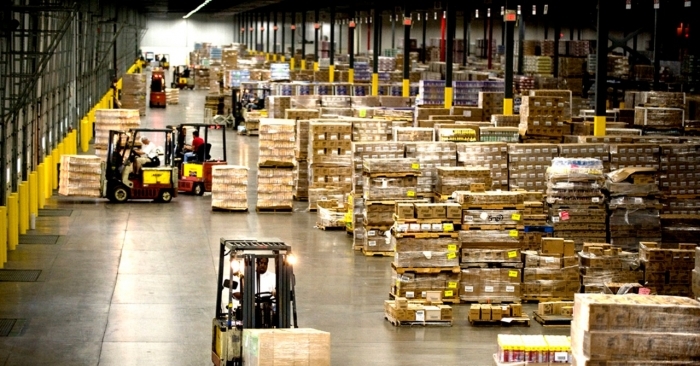
Warehouse logistics management system
ZWMS is able to interface with the company management system, which deals with the administrative management and therefore with the activities concerning the warehouse from an accounting, fiscal and commercial point of view; it is also able to interface with the software used by any automated storage and handling systems present in the warehouse.
ZWMS guarantees basic functions to support processes, regardless of the unique needs of each company, there are operational phases and processes that practically all companies carry out:
- Management of incoming goods: During receipt, the correct presence of the items is checked in accordance with what is reported in the order which can be imported into the system via a convenient API.
- Allocation of goods: it concerns the location processes, which manage the positioning orders of the goods in the warehouse, establishing the best position for the items according to type, characteristics
- Stock control and management: with this function it is possible to know in real time the situation of stocks and stocks, thus preventing possible stock outages and contributing to better administrative management of goods.
- Management of outgoing goods: shipping processes are coordinated concerning the processing of orders sent to customers and transfers to other warehouses or returns to suppliers.
Our solution
ZWMS is a system that works in the cloud and exposes APIs with which it is possible to integrate to manage all warehouse logistics processes.
ZWMS uses RFID tags to monitor incoming goods, movements and storage in the warehouse and allows you to check outgoing goods. As for incoming goods, the RFID codes are read using a portable reader or via a gate, the product codes are verified with the order of incoming goods produced by the customer's management system. The system is therefore able to check the presence of all the items and possibly report errors due to the absence of products or incorrect codes.
After checking the incoming goods, ZWMS assigns missions to the forklift operators to move the goods to the various storage sectors. The algorithm that manages the storage logic can be customized according to the customer's needs. Using intelligent forklifts, it is possible to check the routes traveled by the various forklifts to reach the storage destination thanks to RFID tags placed on the floor which are read by the forklifts themselves. With intelligent forklifts it is also possible to have a real-time verification of the exact location of the goods up to the cell level.
ZWMS therefore allows you to know in real time the situation of the goods in the warehouse, thus preventing any stock outages. The exit of goods is managed in the same way: the list of items to be shipped arrives from the customer's management system and at the same time a mission is created for the forklifts, indicating to the operators the storage area from which to pick up the items. The ZWMS system is able to check if the operators on the forklift pick up the correct goods in the storage area and by means of the RFID readers placed near the exit gates to further verify the correctness of the goods moved.
The ZWMS solution is customizable for any customer need.
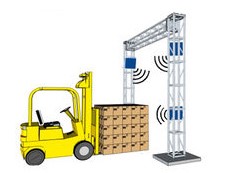



Intelligent forklift with RFID sensors
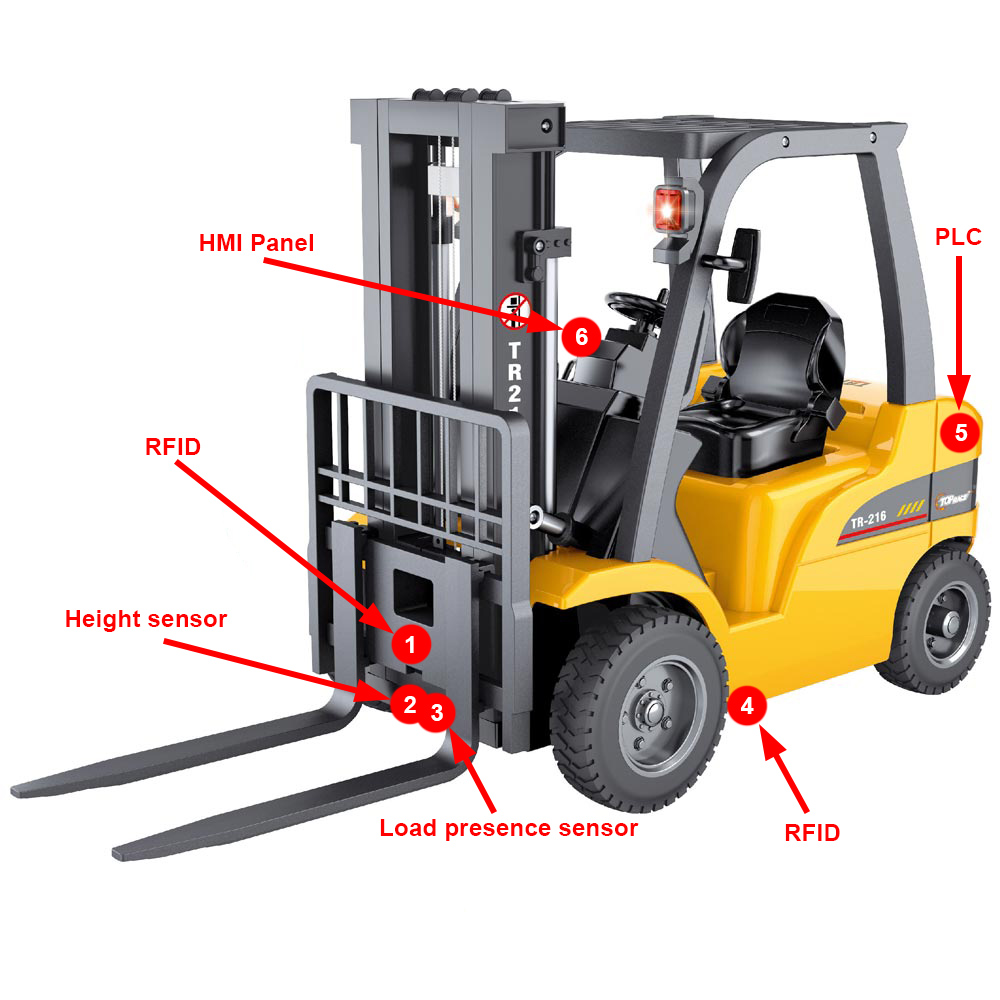
ZWMS can be interconnected with the ZWMS DEVICE device which can be installed on common forklifts to automatically define the load, the movements of the forklift and the storage position of the load up to the automatic cell level.
As you can see in the figure opposite, with the two ZWMS DEVICE modules it is possible to transform a common forklift into an intelligent forklift.
ZWMS DEVICE CORE MODULE it is the heart of the whole intelligent system of the forklift, it receives data from the various sensors, processes the information and connects via Wi-Fi to the server for data exchange.
ZWMS DEVICE SENSOR MODULE inside it contains a front RFID antenna - allows you to read the RFID TAGs positioned on the load; a fork height sensor - measures the height of the forklift's forks to determine at what height the load was taken or deposited; a Load presence sensor - this sensor checks the presence of the load on the forklift's forks and finally a lower RFID Antenna - reads the RFID tags positioned on the floor to understand the position of the forklift and the path taken.
An HMI Panel can also be mounted on the forklift to show the forklift operator the missions and any error signals (load, column, cell, etc.).
Advantages with the introduction of WMS
- clearly advantageous prices compared to the standard solutions on the market
- optimisation of freight handling times
- the reduction of the times of evasion of the orders
- the rationalization of the spaces, thanks to the possibility to store any article in any location without danger of forgetting where the goods have been stored;
- the reduction of the recourse to the historical memory of the operators, in fact at every moment it is known exactly in which place or zone of the warehouse the goods are found;
- the reduction of supports
- increasing the productivity of operators;
- the possibility to consult real-time stock data;
- the possibility of having up-to-date statistics on the functioning of the warehouse;
- the reduction of errors due to manual management, thanks to the confirmation of the operation, and therefore a reduction of the related hidden costs.
